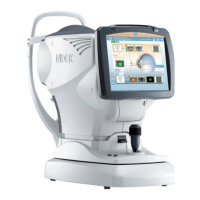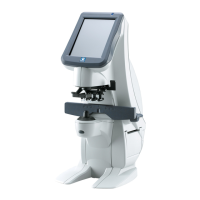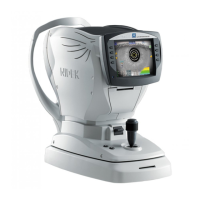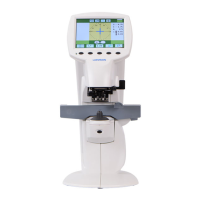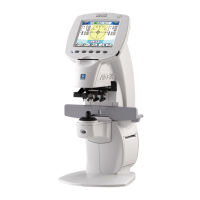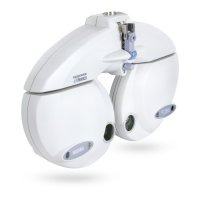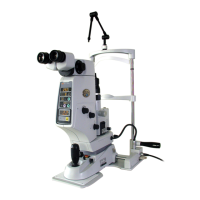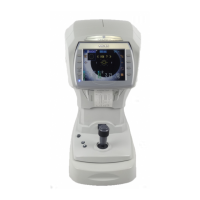Why is the auto tracking or auto shot function not working on my Nidek Medical OPD-Scan III?
- MMichael GonzalesAug 12, 2025
The auto tracking or auto shot function on your Nidek Medical Measuring Instruments may not be activated. Ensure these functions are turned on using the tracking button or auto shot button. Room illumination reflecting on the cornea, certain eye conditions like keratoconus, recent corneal surgery, substantial ocular ataxia, or the patient's inability to fixate their eyes can also cause this. In such cases, turn off the auto tracking function and start measurement. Light interference from sunshine exposure may also affect these functions, so changing the device's location might help.
